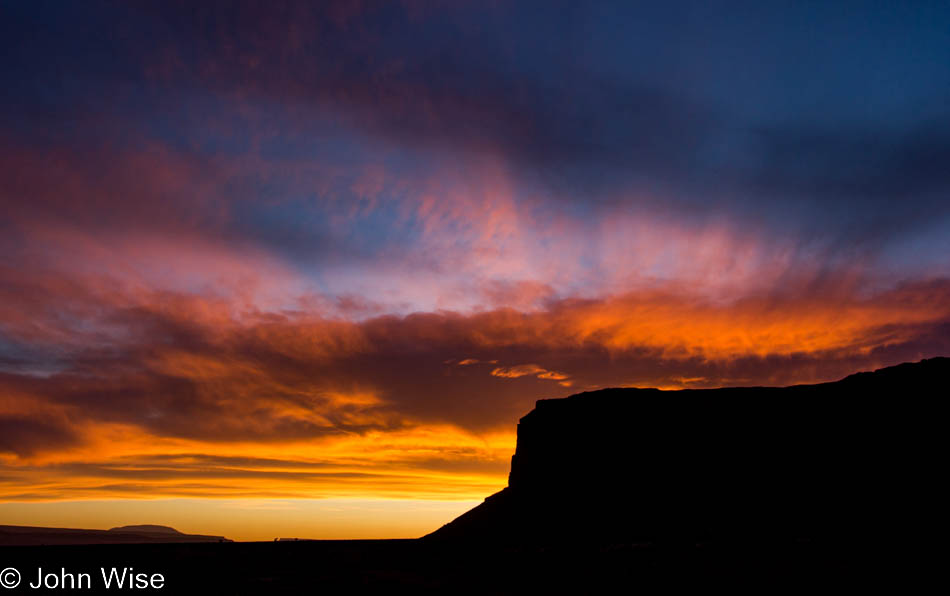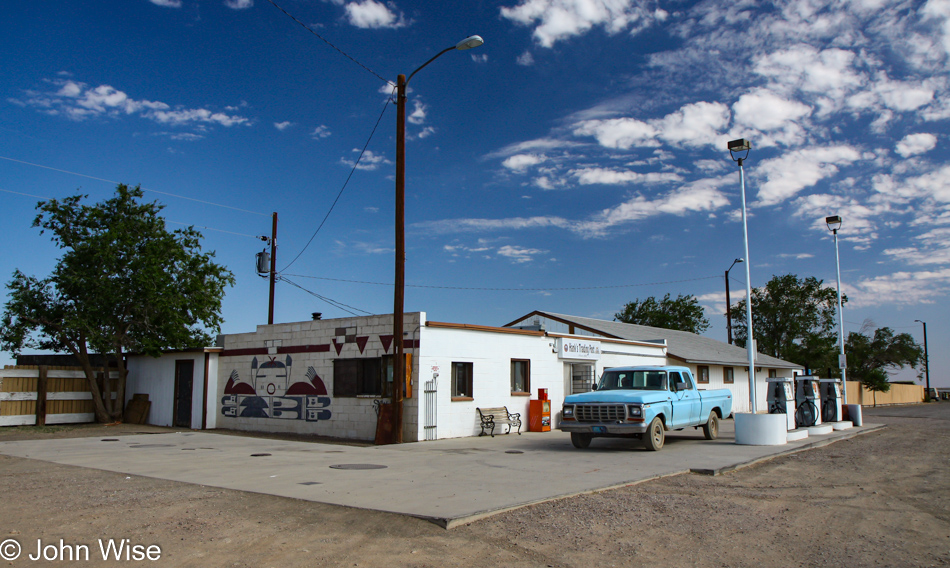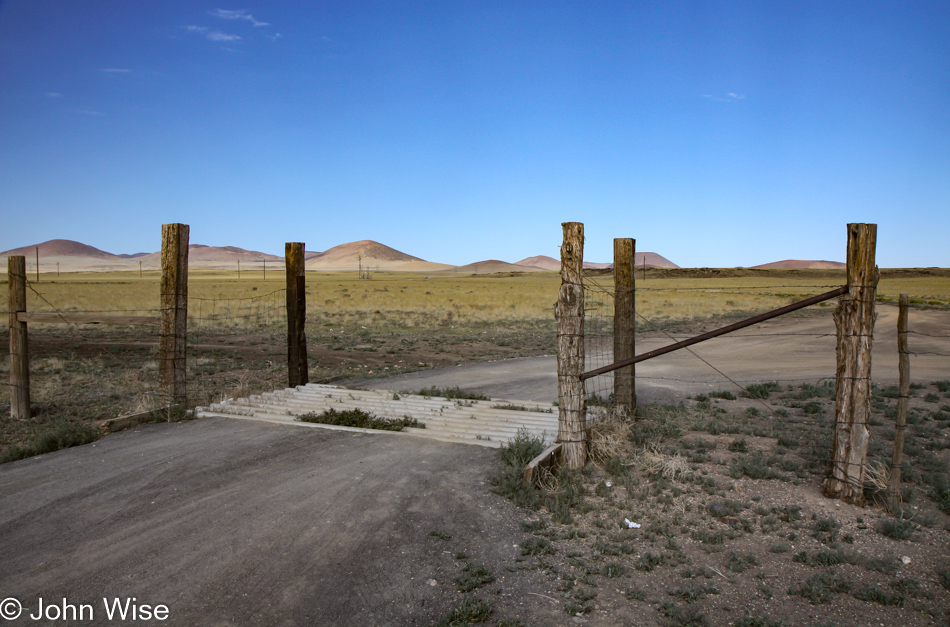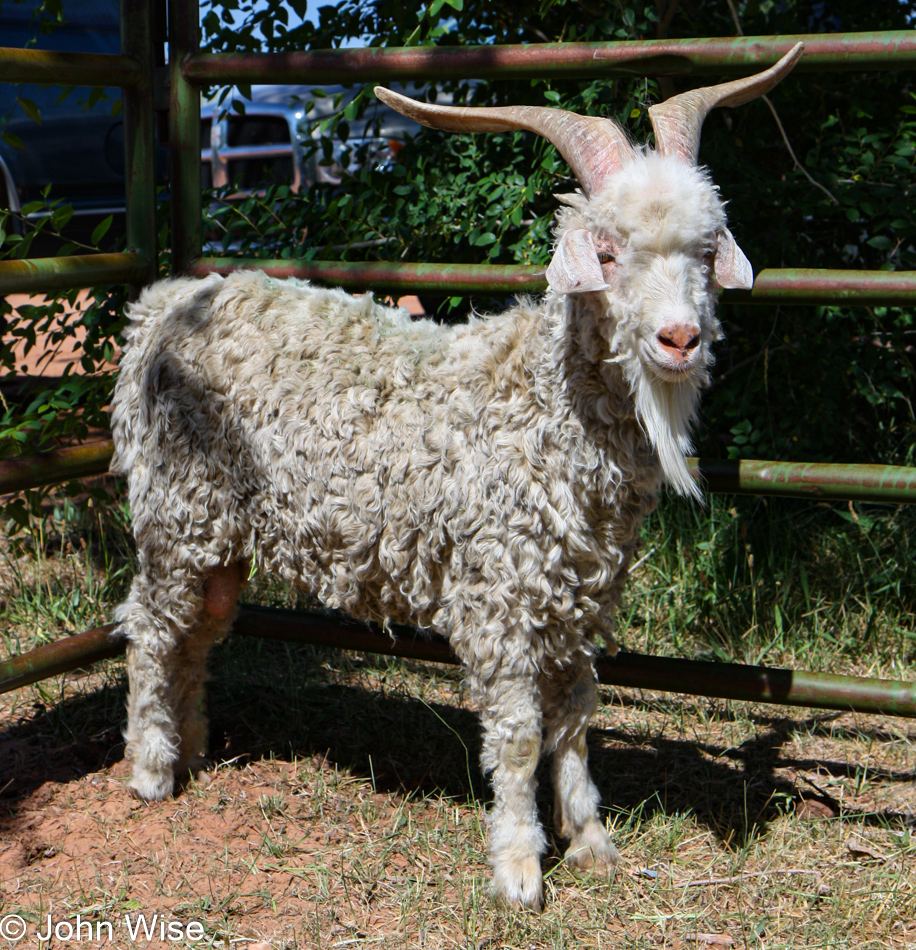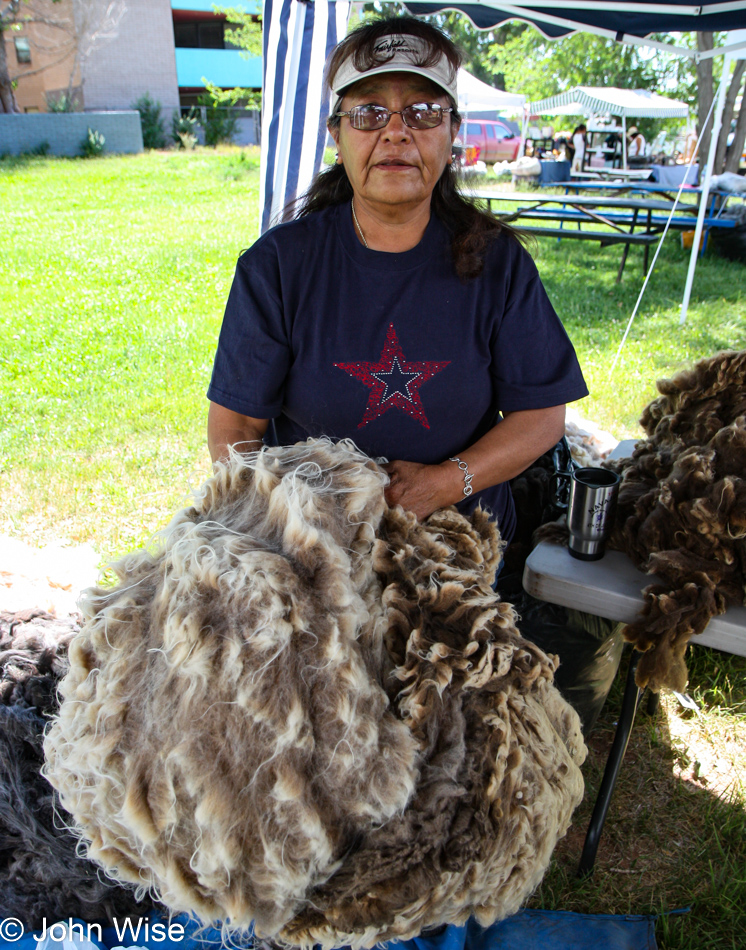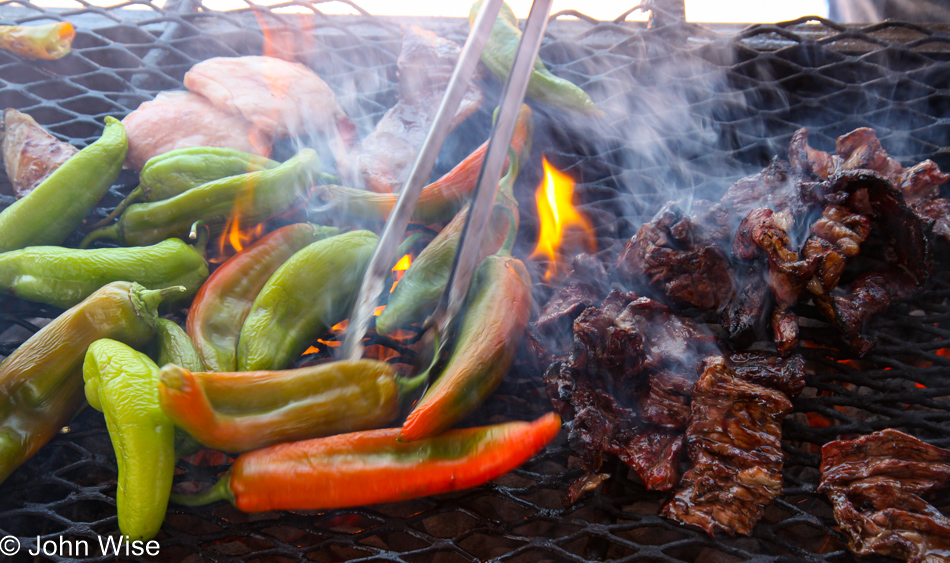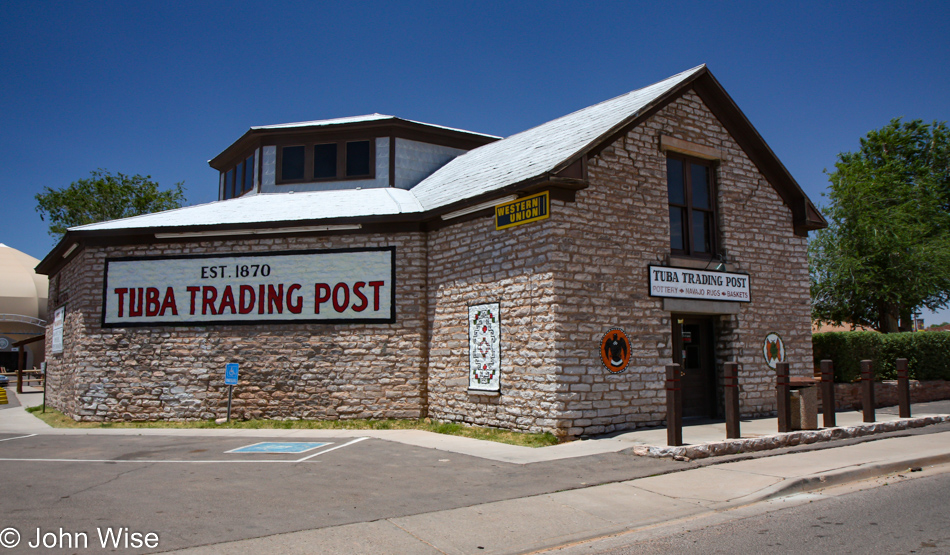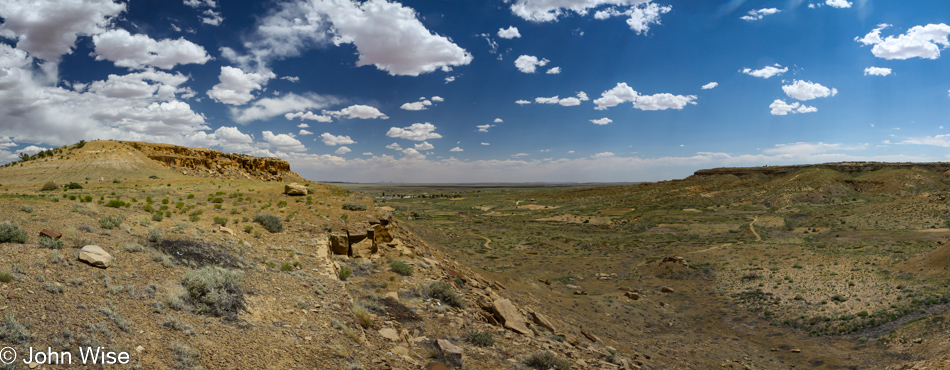
The sun rises after we do, and we are on the road close to first light. My notes should have told us that our turn-off was just four miles north of Mexican Hat on Road 261. Instead, we drove through Bluff and over Road 95, adding a few too many miles to our morning drive. By the time we reach the top end of Lake Powell and the bridge that crosses the Colorado River, the sun is just high enough in the sky to light the canyon below. The sun reflects hot white off the muddy brown water, the same river water that will carry us through the Grand Canyon in October.

The real impact of our detour is that we don’t arrive at the trailhead at 9:00 am for a ranger-led tour through Horseshoe Canyon. Resigned to our lack of punctuality we turn down the bumpy dirt road towards the trailhead and finally make tracks down the trail shortly before 11:00 – so it goes. Our first adventure into this corner of Canyonlands National Park near the infamous Maze District is about to begin. We have lots of water, lunch, and fresh feet ready to tackle the six-and-a-half-mile hike.

The canyon is beautifully bedecked in wildflowers and greenery set against the pink, red, and orangish landscape so common on the Colorado Plateau. We plod along slowly, well, no slower than usual for the two of us, as Caroline and I must inspect every detail and linger to observe the shadows, light, sway of the trees, and beat of the sun as they make their play on the pictures before us. Walking through the riverbed in the sand, Caroline notices the movement of the last creature we expected to find in this arid environment, a Woodhouse toad.

Canyon walls stretch high above, the sand makes for slow going, and the temperature is starting to inch higher. Our destination at the end of the trail isn’t the only thing we are here to see, as on the way down, we pass rock art known as petroglyphs and pictographs. Petroglyphs are etched into the rocks, while pictographs are painted onto the rock. They are found at several locations in Horseshoe Canyon and, at times, quite high upon those canyon walls. We stop and wonder what the symbols, peoples, and animals meant to the Native Americans who created them. Maybe these ancient billboards were meant to speak to other native peoples who traveled these lands in the past, or maybe they were meant to convey a message to future generations of Indians still able to interpret this wordless visual language. In this photo, look to the right of the image under the overhang – just left of the shadow next to the green vegetation are two hikers – so you might appreciate the scale of the canyon we are traveling.

The Great Gallery. Pictographs standing over six feet tall tower over us – and the other more than a dozen people who hiked out here with the park rangers earlier this morning. Overwhelming is the first impression these giants convey.

Caroline and I have seen our fair share of Native American rock art, but it has never been of such magnitude. We stand below the ledge admiring the figures, trying to take in as many details as we can while at the same time trying to create some context for who they were and what they meant to the people who took the time to baffle and bedazzle us with their neolithic graffiti skills.

After stepping back to have some lunch and sit amongst the other visitors, we inquired with one of the rangers if Caroline’s Junior Ranger kit that I had arranged to have brought along had made it down the trail into the canyon; sure enough, it had. Ranger Lilly had it, although she had tried to pawn it off on anyone else but found no takers – lucky Caroline. With pen in hand, Caroline got to work; furiously, she ran through the exercises until there was just one more task: a ranger program. Ranger Nate jumped to the rescue; he guided a group of us up to the ledge to speak in detail about the pictographs and allow us a closer inspection. After signing off in her Junior Ranger booklet, Ranger Nate swore Caroline in as a new Canyonlands Junior Ranger right up under those giant beings standing as witnesses.

The hike back was a slog through the sand. Our feet began to tire before we were to start the ascent up the canyon wall. We still stopped to admire the random wildflower or lizard baking in the mid-afternoon sun. The steep canyon walls vied for attention, as did the song of the random birds nesting in the crags and trees above. We hiked on and on and up the trail until, off in the distance, we could spot our car at the trailhead. Almost finished we paused for a drink of water, sharing a beaming smile that we finally made it deep into one small but significant corner of Canyonlands National Park and could now brag between ourselves that we had personally seen the Great Gallery with our own eyes.

